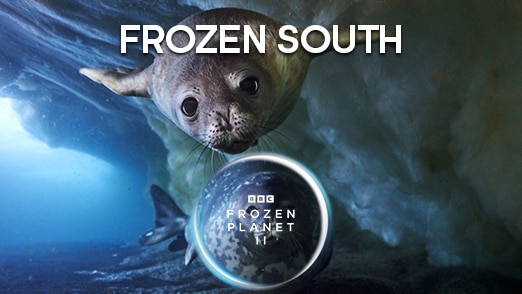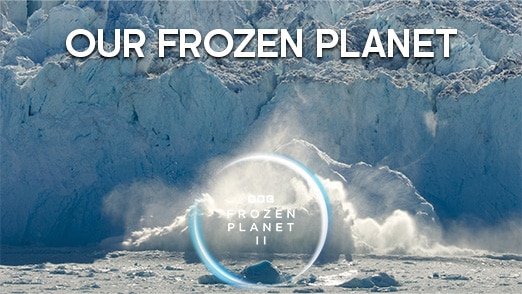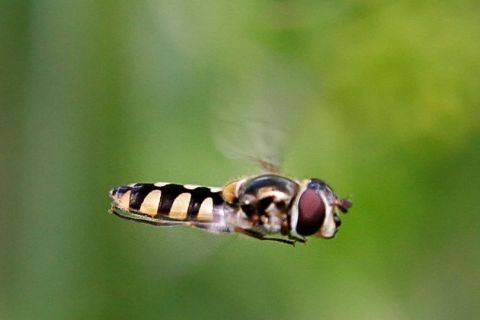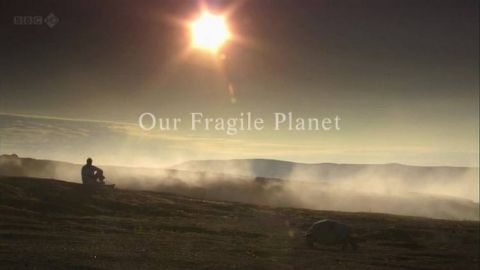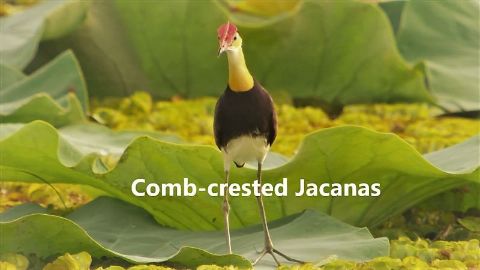Frozen Oceans • 2022 • episode "S1E2" • Frozen Planet II narrated by Sir David Attenborough
As spring begins after four months of winter darkness. Polar bears lead their cubs to hunt, beluga whales trapped by ice see the possibility of escape, harp seals teach their pups to swim, and bowhead whales come in search of food. Plus, a look at how the region is warming faster than anywhere else on Earth due to climate change.
Make a donation
Buy a brother a hot coffee? Or a cold beer?
Hope you're finding these documentaries fascinating and eye-opening. It's just me, working hard behind the scenes to bring you this enriching content.
Running and maintaining a website like this takes time and resources. That's why I'm reaching out to you. If you appreciate what I do and would like to support my efforts, would you consider "buying me a coffee"?
Donation addresses
BTC: bc1q8ldskxh4x9qnddhcrgcun8rtvddeldm2a07r2v
ETH: 0x5CCAAA1afc5c5D814129d99277dDb5A979672116
With your donation through , you can show your appreciation and help me keep this project going. Every contribution, no matter how small, makes a significant impact. It goes directly towards covering server costs.



